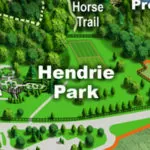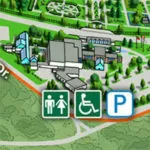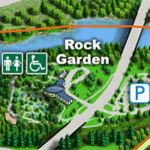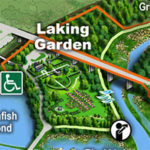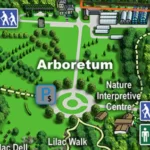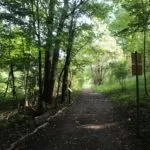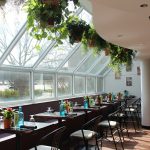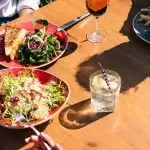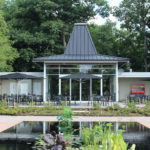| Membership | Price (+HST) |
|---|---|
| Single | $85/year |
| Single Plus | $120/year |
| Family | $130/year |
| Family Plus | $175/year |
| Contributing | $300/year |
| Supporting | $600/year |
| Sustaining | $1,000/year |
| Benefactor's Circle | $2,500/year |
| Director's Circle | $5,000/year |
| President's Circle | $10,000/year |
Wetland Resources
Wetland Resources for Teachers & Students
Connect to the local environment using these place-based resources from Royal Botanical Gardens and Cootes Paradise Marsh. Dive deeper into biodiversity and human impacts on wetlands before or after your class trip to RBG or for a project or inquiry.
This project was undertaken with the financial support of the Government of Canada.
Ce projet a été réalizé avec l’appui financier du gouvernement du Canada.
Social Articles
- Prehistoric native ecology of Cootes
- Lady Simcoe diary pages, circa 1796:
- Captain Coote 1993
Natural History Articles
- Natural History of Hamilton 1960
- Common Carp Backgrounder
- A Strange Project Lamoureux 1961
- Water Quality of Cootes Paradise 1976
- Cootes As It Was 1993
- Controlling Purple Loosestrife 1993
- Fishway Factsheet 1998
- Purple loosestrife beetle 1998
- Reviving Trumpeter Swans 1999
- Fishway by Theysmeyer 2001
- 10 Years of Project Paradise 2003
- Turtles 2003
Data
- Status of Marsh Fish and Wildilife and their Habitat at RBG 2022
- Marsh Status Factsheet 2024
- Large Fish coming into the Fishway 1996 to 2024
- 1985 Gillnet Catch
- Water Chemistry 1973-2016, samples taken from May to Sept averaged
- Water Quality Index 1990 to 2023
- Water Quality Trends assignment
- Emergent Vegetation Coverage in Cootes Paradise
Visualizations
Visualizations of Emergent Vegetation of Cootes:
Photos
Then & Now Comparison Photos
- Valley Inn Road 1880 v. 2016
- Westdale Inlet 2004 v. 2009
- Views from High Level Bridge looking west into Cootes:
- Princess Point 1950 v. 2016
- Bull’s Point comparisons
Grade 6: Biodiversity
The Common Carp, a case study: what was the marsh like as a monoculture of carp? Has the ecosystem changed with the decrease of carp? In what ways?
- Cootes Paradise as it was (excerpt)
- Visualizations of Emergent Vegetation of Cootes:
- Common Carp Backgrounder
- A Strange Project by Lamoureux
- Fishway by Theysmeyer 2001
- Fishway fact sheets: 1998, 2016
- Data: Large fish through Fishway
- BARC mini-marsh
- Combatting Carp with Christmas Trees (video)
Grade 7: Interactions in the Environment
How has technology like cars/roads, fertilizers impacted Cootes? How does the monoculture of Carp impact the food chain, the sustainability, of Cootes?
Grade 8: Water Systems
Investigate Waste Water Treatment Plants (WWTPs): Where are the WWTPs in your community? Are there any WWTPs near Cootes Paradise and Hamilton Harbour? How do WWTPs and CSOs affect water quality?
The document 20 Year Trends in Water Quality gives a timeline of major upgrades of facilities that affect water quality in Cootes Paradise and Grindstone.
You can use the full report or the student copy to help students answer the question: Did upgrades to the facilities improve water quality?
Grade 9: Sustainable Ecosystems
Big Question: How has RBG managed invasive species in Cootes Paradise Marsh?
“A Strange Project” looks at strategies for managing invasive common carp. Students can read the article and answer the questions both to begin to answer this question and to prepare for the OSSLT.
The Water Quality Trends document walks students through some of the data before and after infrastructure improvements to observe the changes in water quality over twenty years.
- 20 Water Quality Trends 2012
- Student copy of Water Quality Trends
- Answer copy of Water Quality Trends
The articles on purple loosestrife management look at the impact of different management practices, particularly biological control, can be used to increase sustainability in an ecosystem.

